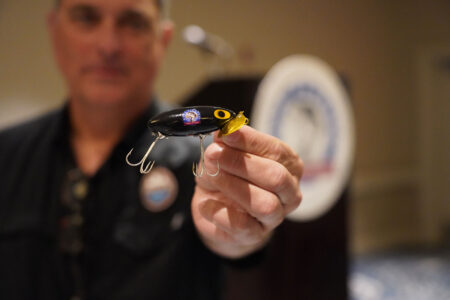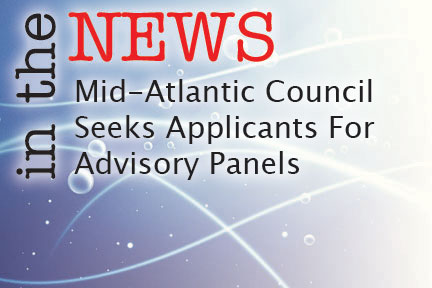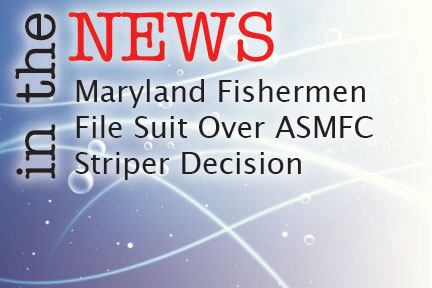The New York State Department of Environmental Conservation (DEC) announced an additional and precautionary temporary closure for the harvest of shellfish and carnivorous gastropods from a portion of Moriches Bay in the towns of Brookhaven and Southampton, effective immediately.
This temporary closure was taken to protect public health after reports of the detection of high counts of marine biotoxin producing plankton (Dinophysis sp.) and discolored water in the affected area. Filter-feeding shellfish (clams, oysters, mussels, and scallops) feed on plankton and can accumulate marine biotoxins that cause illness to shellfish consumers. Carnivorous gastropods (whelks, conchs, moon snails) feed on shellfish and may also accumulate biotoxins at levels that are hazardous to human health.
Approximately 369 acres in Moriches Bay in the following area are affected:
Towns of Brookhaven and Southampton: All that area of Seatuck Cove, and its tributaries, lying north of a line extending northeasterly from the southeasternmost point of land at Havens Point and then continuing to the flagpole located at the residence at 39 Basketneck Lane, Remsenburg.
So far this year, DEC has closed areas of Shinnecock Bay (Town of Southampton), Moriches Bay (Town of Southampton), Flanders Bay (Towns of Riverhead and Southampton), and Town and Jockey Creek (Town of Southold) to the harvest of shellfish and carnivorous gastropods. DEC will continue to monitor for the presence of biotoxins in shellfish at several monitoring locations around Long Island and implement closures as necessary.
DEC will re-open areas as soon as possible based on the results of laboratory analyses that will be conducted over the next few weeks. A recorded message advising harvesters of the status of temporarily closed shellfishing areas may be heard by calling (631) 444-0480. The message will be updated during the course of the temporary closures. Maps of the affected areas and information about these temporary closures are available on DEC’s website. Information about marine biotoxins and paralytic shellfish poisoning is also available on the DEC website.




